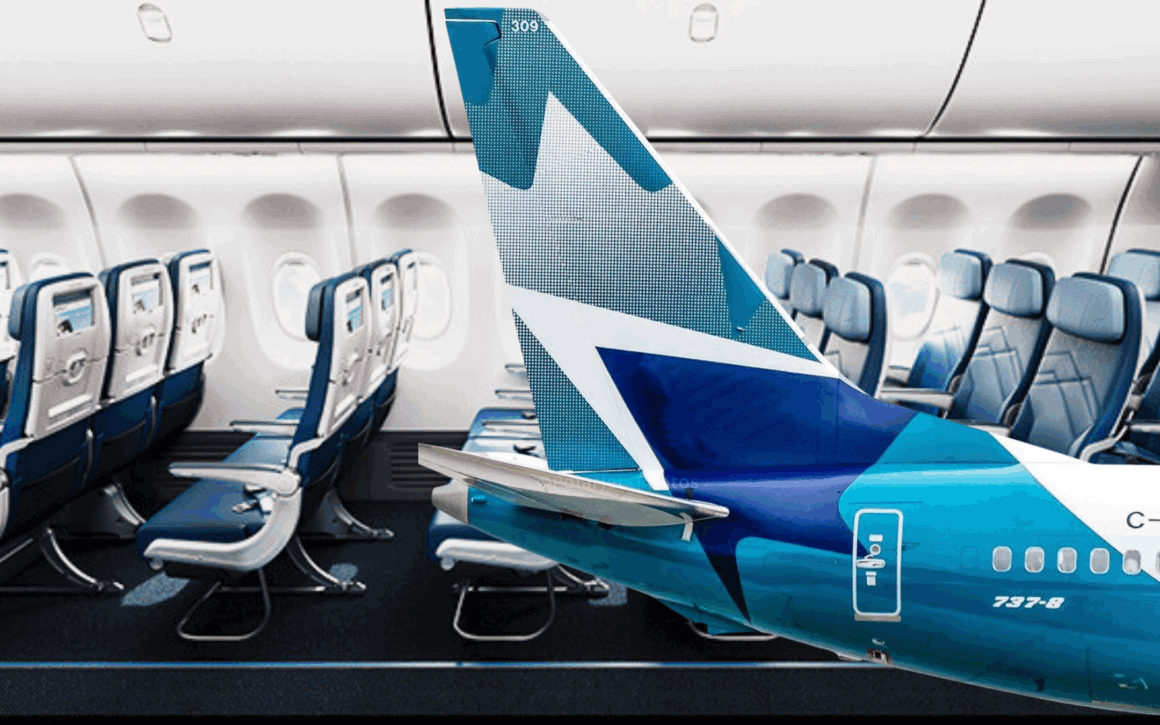Is reclining your airplane seat a right or a privilege?
That question is about to become a lot more relevant for travelers flying with WestJet’s new seats. The Canadian airline is introducing new Boeing 737 cabins that, for the first time, will divide passengers into three different classes, and only two of those classes will be able to recline their seats.
WestJet’s move follows a growing trend among airlines to rethink the once-standard recline feature. For many travelers, the ability to tilt the seat back is a small convenience on long flights that comes from a bygone era when legroom was much more generous. It’s a way to take a nap or escape a crowded cabin. But for others, it has become a flash point of in-flight frustration and even mid-air fights.
So what is driving this shift toward upright seating and what does it mean for the future of affordable travel?
Inside WestJet’s new seats: Recline comes at a cost
At the end of October, WestJet’s first refurbished Boeing 737 will enter service, debuting an updated interior and a new seating hierarchy: Premium, Extended Comfort and Economical. In early 2026, the remaining 42 reconfigured 737 MAX 8 and 737-800 aircraft will join the fleet with the same look and feel.
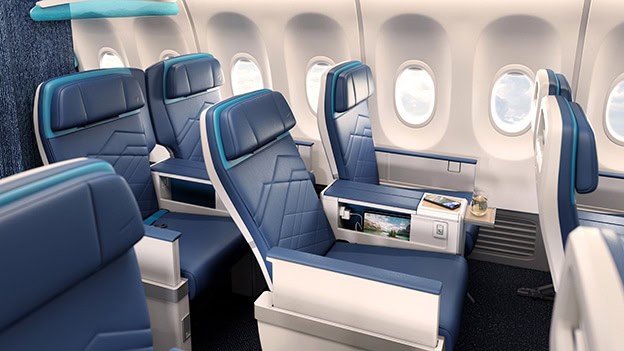
According to WestJet, the redesign aims to create a “consistent onboard experience” across its fleet, reflecting the more exclusive feel of its long-haul 787 Dreamliners. The Premium section will feature 12 reclining seats identical to those found on WestJet Dreamliners, complete with four-way adjustable headrests and contoured cushions.
Just behind that, 36 Extended Comfort seats will also include reclining capability and additional legroom. But for everyone else (those flying in the standard economy cabin), the seats will be fixed in place.
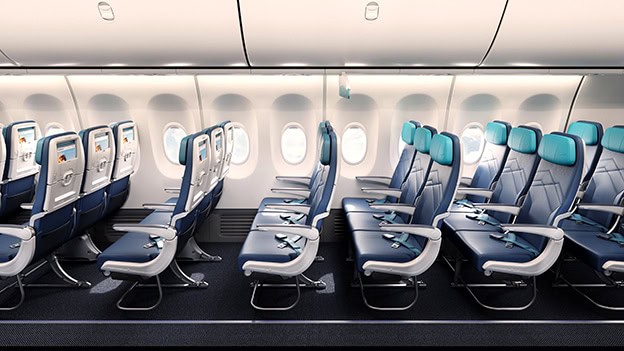
WestJet says the new Economy seats have been “carefully designed” to preserve personal space, with adjustable headrests, better lumbar support and a “light and airy” cabin atmosphere. Passengers can also expect power in the seats, device holders, and redesigned bathrooms and galleys.
Samantha Taylor, executive vice president and chief experience officer at WestJet, said the review reflects the “commitment to elevating every aspect of the travel experience.That may be true, but some passengers may feel that the lift comes at a literal cost.
Without reclining, no problem?
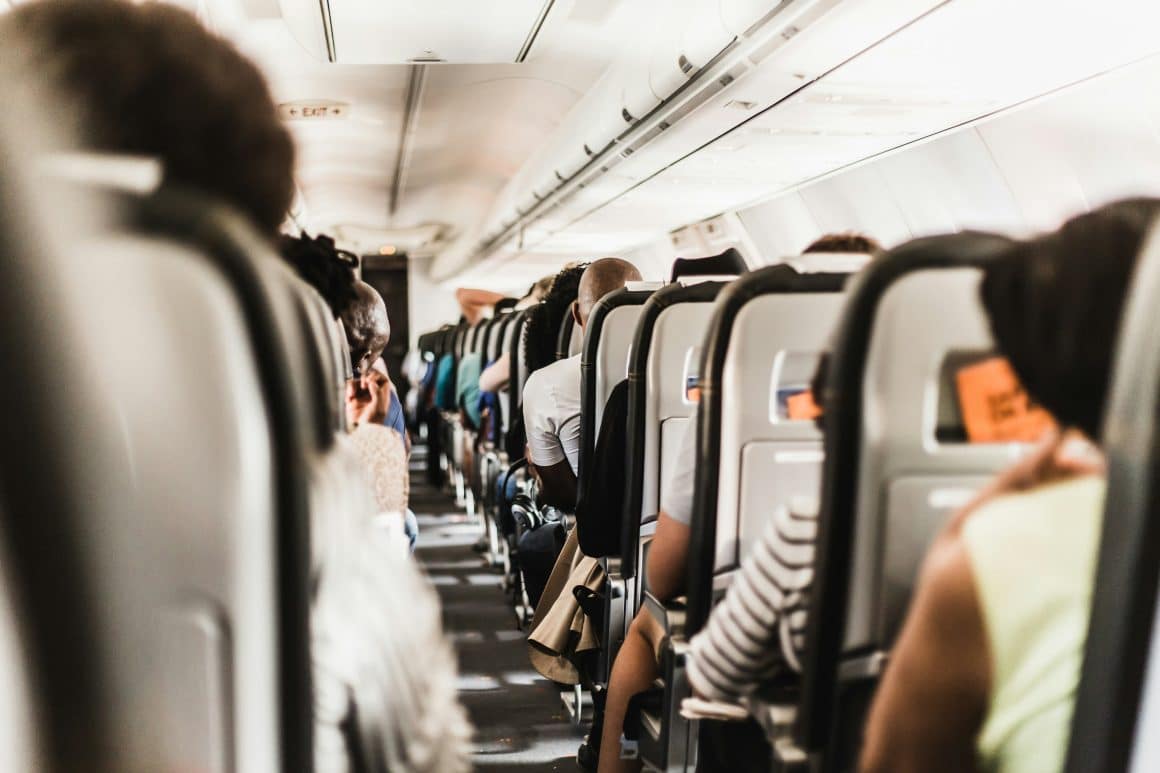
While WestJet may be the airline in the crosshairs right now for eliminating free lie-flat seats, it’s far from the only airline to do so. In fact, WestJet joins a long list of airlines that have already locked their seats upright for good. In the United States, Allegiant Air made the switch in 2006, followed by Spirit Airlines in 2009. Both airlines cited reduced maintenance costs and lighter seat designs as key benefits. Allegiant claims the change saves the airline $3.5 million a year in maintenance and 110,000 gallons of fuel a year due to the lower weight.
Across the Atlantic, Ryanair abandoned lie-flat seats in 2004, a move echoed by several other European low-cost airlines. Even British Airways has installed fixed reclining seats on select short-haul routes, describing them as “pre-reclined”, meaning they are, in theory, already at the most comfortable angle.
Meanwhile, traditional US airlines have quietly reduced their recline range. Delta, American, Southwest and United have reduced the feature from the (old) standard four inches to two.
In short, if you believe that reclining your seat is your birthright as an air traveler, you may want to check your boarding pass.
The debate at 37,000 feet
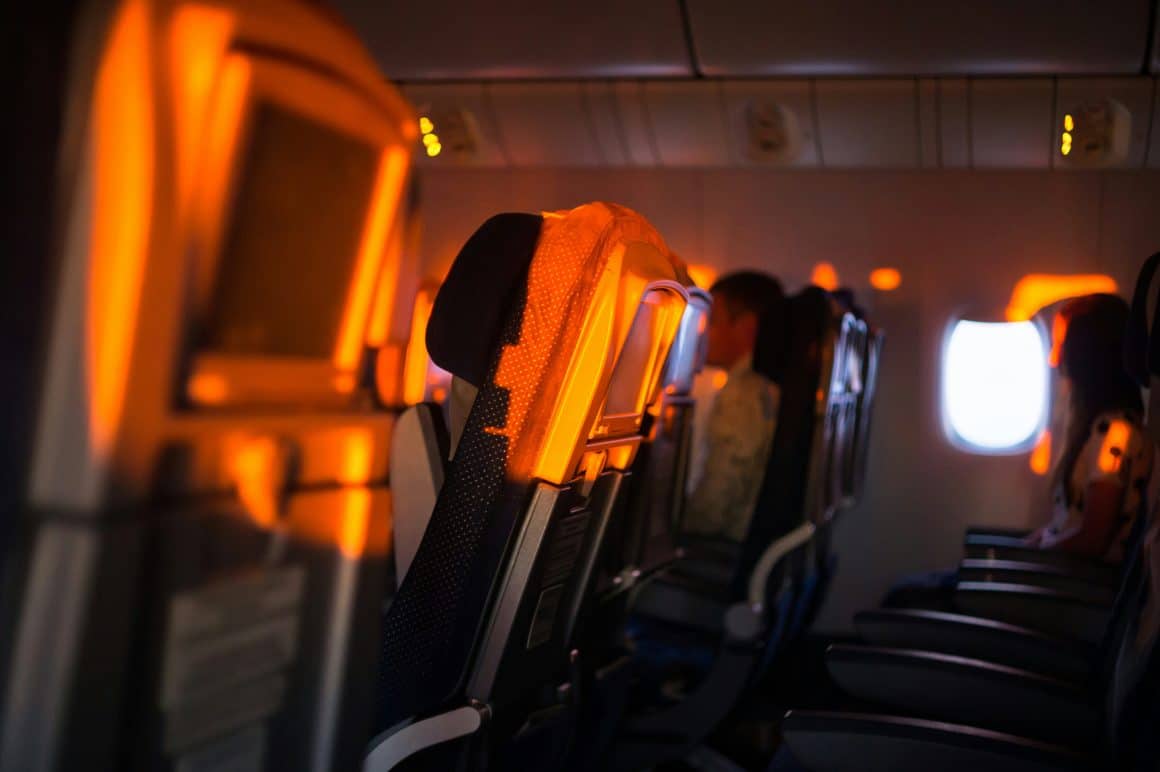
The debate about the “right to recline” has been simmering for years, and not just among passengers. Surveys show that most travelers prefer non-reclining seats. One study found that 91% of passengers supported the idea, largely to avoid conflicts and preserve legroom.
And that makes sense. Ask any tall passenger (including me, who’s 6’1″) and you’ll hear the same story: When the person in front of you reclines, it’s a misery. Laptop space disappears, knees suffer, and the already tight confines of economy become even smaller.
Sure, reclining may seem like a small luxury, but it often comes at the expense of someone else’s comfort. Airlines that have phased out the feature report that complaints about “seat spacing” actually decrease once recline is completely removed. When everyone’s back stays put, the playing field… or in this case, the cockpit… feels a little fairer.
In fact, here’s what people are saying about WestJet’s new approach:
So perhaps WestJet’s new approach has less to do with charging for a privilege and more to do with redefining what comfort means in the modern cabin. Fewer moving parts, fewer complaints, and fewer fights over personal space may not be a bad trade-off.
Because let’s be honest: In the skies of 2025, true luxury may not be the ability to recline, but rather having enough room to breathe.
